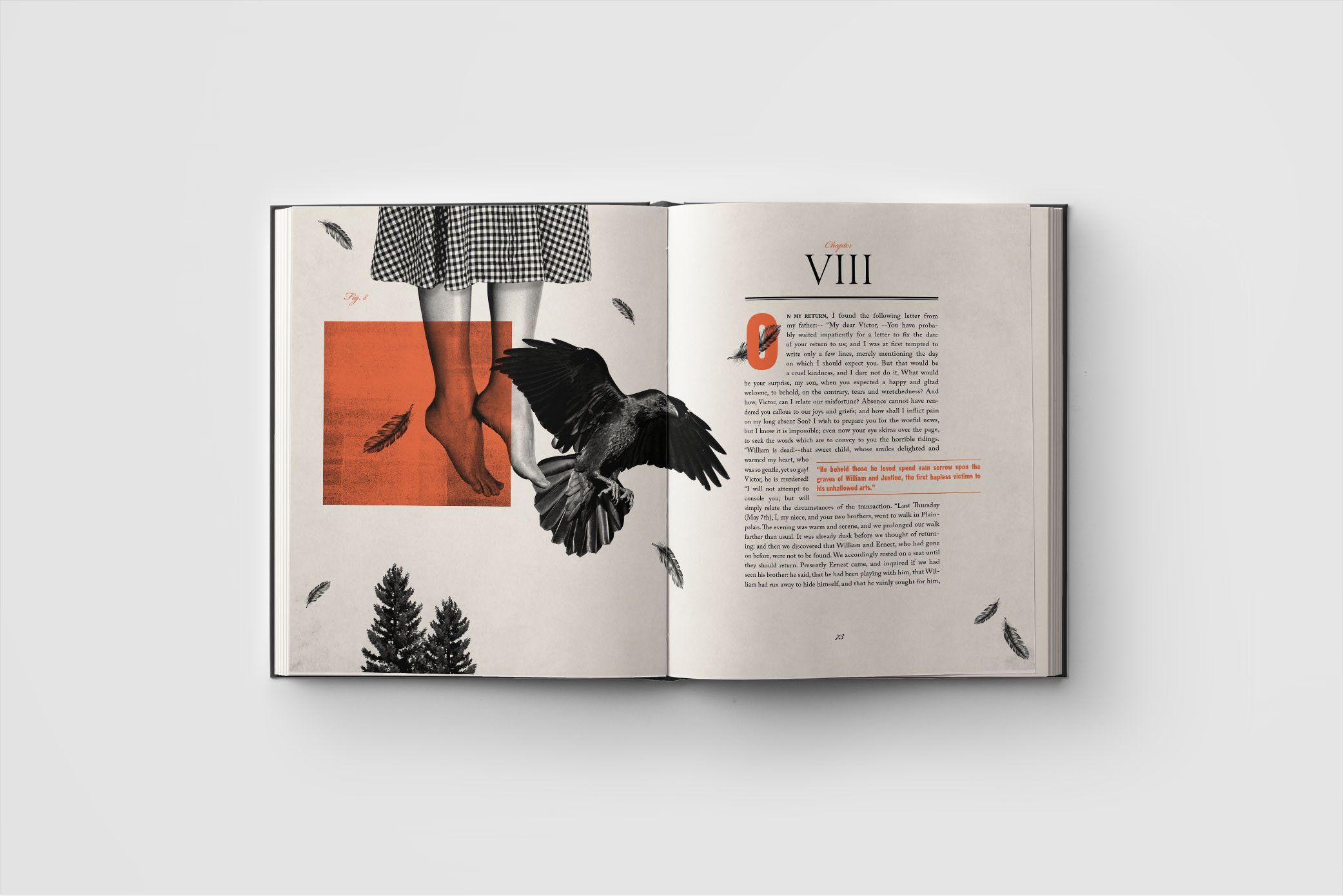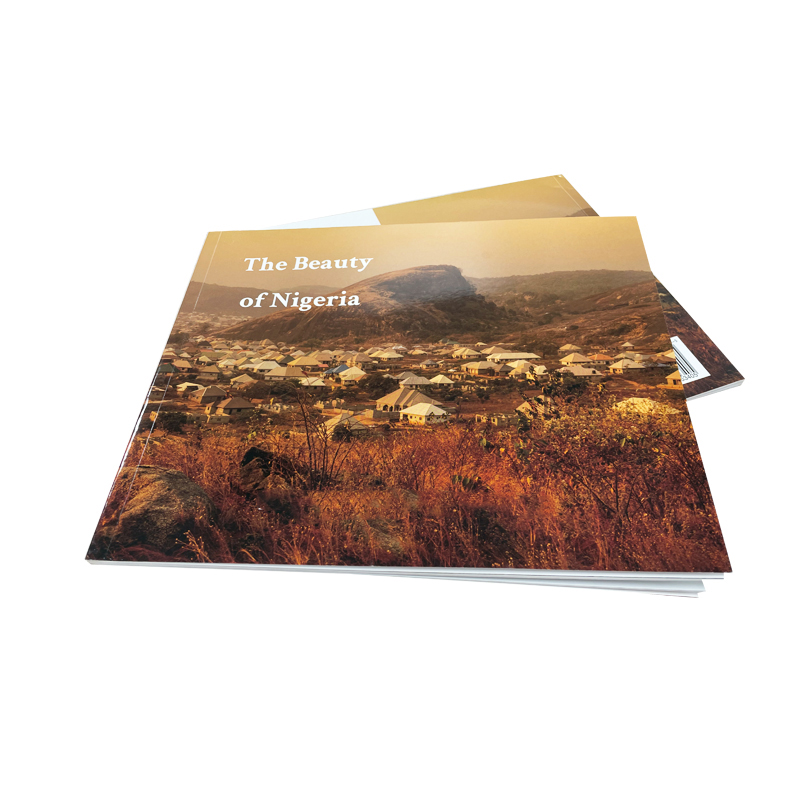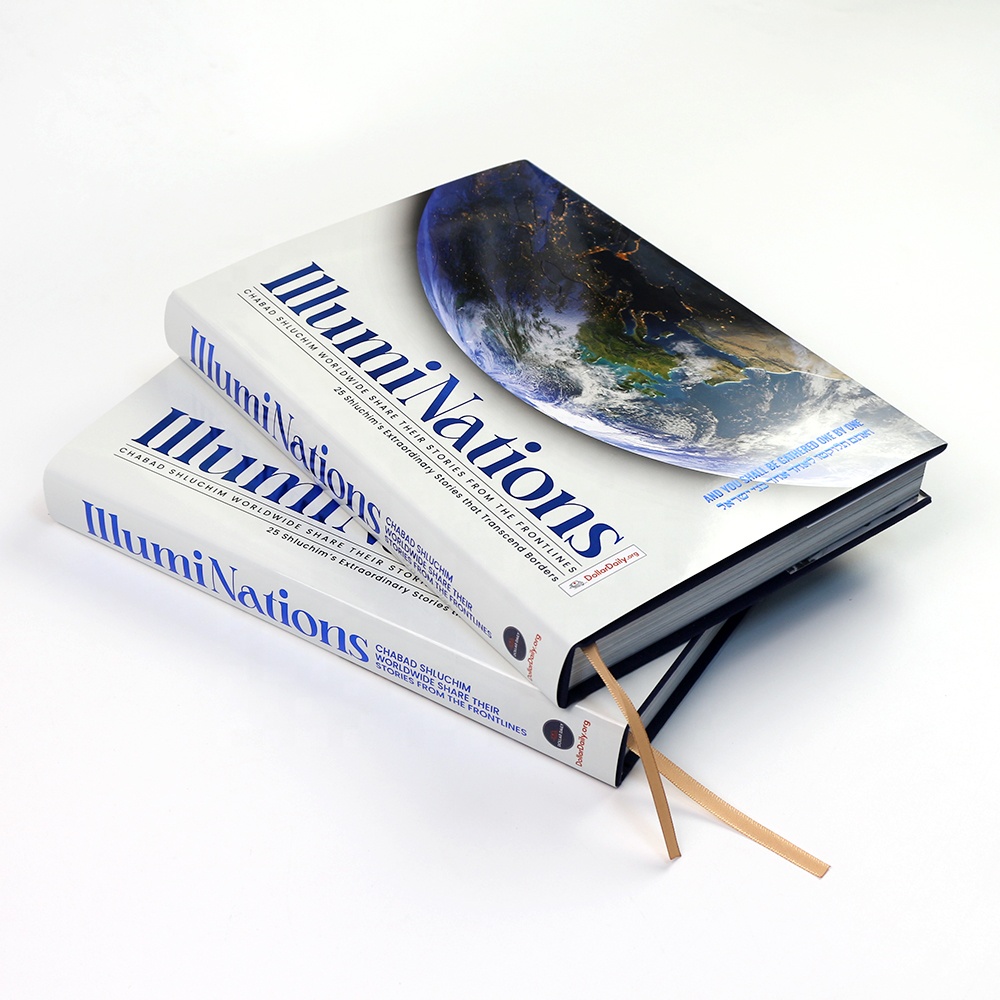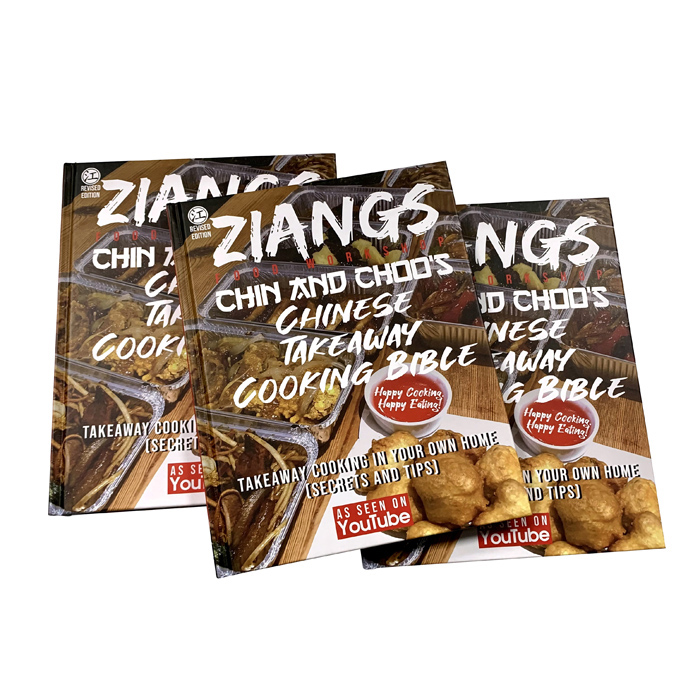¿En qué país es más barato imprimir libros?
Choosing where to print a book can be a big decision, especially for those looking to balance cost, quality, and convenience. With its competitive prices, high production standards, and reliable services, China has become a top choice for book printing. Whether you’re an author, publisher, or business seeking to print high-quality books at affordable rates, China offers an impressive range of benefits. In this article, we’ll explore why printing in China is a popular choice, from cost savings to quality assurance, and answer some of the most common questions about the process. By the end, you’ll have a clear understanding of whether printing in China aligns with your goals.
Tabla de contenido
1. Why Print in China? The Cost Advantages Explained
For many publishers, affordability is a driving factor in choosing to print overseas. Printing in China offers substantial savings, even when factoring in shipping and taxes.
Cost-Effective Production: Due to lower labor costs and streamlined manufacturing processes, book printing in China is often 40% cheaper than in North America or Europe, particularly for full-color, hardcover, or specialty books.
Descuentos por volumen: Chinese printing companies frequently offer discounts on large orders, making them an excellent choice for publishers looking to produce substantial print runs.
These cost savings allow publishers to reinvest in other areas of their projects while still receiving a high-quality finished product.
2. Quality of Book Printing: High Standards and Modern Equipment
A major concern for clients considering overseas printing is quality. Despite the lower costs, Chinese printers use advanced equipment comparable to North American standards.
State-of-the-Art Technology: Many Chinese printers use the latest printing machinery, ensuring vibrant colors, sharp images, and high durability.
Skilled Workforce and Quality Control: Chinese printing companies emphasize quality control and employ well-trained staff who prioritize producing books with precision and care.
With quality standards on par with, or even surpassing, those of Western printers, Chinese printing companies are equipped to deliver impressive results.
3. Customer Service and Communication: How Overseas Printing Works
Working with an overseas printer may seem daunting, but many companies offer complete customer support, handling communication and logistics.
Customer Service by Printing Brokers: Companies like Callawind act as intermediaries, managing all communication with Chinese printers to ensure efficient service and timely updates.
Responsive Support: Many Chinese printers are committed to fast responses, often answering questions within 24 hours. Staff are knowledgeable, friendly, and eager to assist with any inquiries.
This support structure allows clients to focus on their book preparation while leaving printing logistics to the professionals.
4. Shipping and Customs: Streamlined for Convenience
Shipping books from overseas might seem complex, but Chinese printers often provide comprehensive shipping services that handle customs and delivery logistics.
Customs Brokerage: Most printers coordinate shipping and customs paperwork, making it easier for clients by handling the required export processes.
Inclusive Shipping Quotes: Shipping costs are typically included in the project’s overall quote, with options like “DDP” (Delivered Duty Paid) to simplify customs for clients.
For North American clients, some paperwork may be required (e.g., an EIN for U.S. shipments), but the printer generally manages the majority of the logistics.
5. Flexible Payment Options: Simplifying Transactions
Paying for book printing in China is straightforward, with various payment options available to meet client preferences.
Deposit and Final Payment Structure: A typical payment arrangement involves a 50% deposit, with the remaining balance due upon approval of the final product.
Multiple Payment Methods: Clients can pay by bank wire transfer, check, or credit card (usually via PayPal with a small surcharge), providing flexibility based on individual needs.
This approach simplifies international transactions, allowing clients to choose secure and convenient methods.
6. Fast Turnaround Times for Large Orders
Production speed is another advantage of printing in China. With efficient processes and capacity for large print runs, Chinese printers can complete projects in a timely manner.
Production Timeline: Printing and binding a book typically take 4 to 5 weeks after receiving finalized files, with additional time for proof reviews.
Shipping Duration: Shipping takes another 4 to 5 weeks, so the entire process, from start to finish, averages about 8 to 10 weeks.
For clients with deadlines, working with an experienced printing broker can help ensure everything proceeds on schedule.
7. Special Printing Effects and Customization
Chinese printers offer a variety of customization options, often at a fraction of the cost of North American alternatives. This flexibility makes it easy for publishers to add unique touches to their books.
Special Binding and Finishing Options: Chinese printers provide numerous options, from embossed covers to glossy pages, allowing for personalized book designs that make a strong visual impact.
Affordable Add-Ons: Special printing effects like metallic inks, foil stamping, and spot UV are available at minimal additional cost, making it feasible to create distinctive, high-end products.
This level of customization makes Chinese printing an excellent choice for projects that demand unique visual appeal.
8. Understanding Overruns and Underruns: Standard Industry Practice
In book printing, it’s common to receive slightly more (overrun) or fewer (underrun) copies than ordered due to production variances.
Overrun Benefits: Chinese printers may produce 5-10% more books than ordered, typically at a reduced rate per unit. This practice ensures enough books are available even if some are damaged in production.
Less Common Underruns: Occasionally, fewer books are produced than ordered due to unforeseen issues, but this is less frequent and usually within the same 5-10% range.
These overruns and underruns are standard in the industry, providing flexibility for both printers and clients.
Conclusión
For publishers seeking affordable, high-quality printing solutions, China is an ideal choice. With competitive prices, high-quality standards, and flexible customization, Chinese printing companies cater to both large and small publishing projects. Comprehensive customer support and efficient logistics make the process straightforward, while eco-friendly practices and advanced printing options add further appeal. By addressing common questions and providing thorough guidance, printing in China becomes a smart, reliable choice for those looking to produce outstanding books. With careful planning and trusted printing partners, the benefits of printing in China can significantly enhance your publishing success.
Preguntas frecuentes
1. Is it safe to print books in China?
Yes, working with established, reputable printing companies in China is safe. Researching printers and working with experienced intermediaries can further ensure reliability and quality.
2. How can I verify the quality of books printed in China?
Requesting a sample or proof print can help you assess quality before committing to a large order. Many printers offer both digital and physical proofs to confirm colors and materials.
3. Will shipping books from China add significant cost?
While shipping costs do apply, container shipping rates keep them relatively low. Including shipping in your project quote provides a clear understanding of overall expenses.
Impresión de libros
Nuevos productos
Último blog

¿Qué empresa imprime cómics?
Crear un cómic es un intenso trabajo de amor, con incontables horas invertidas en ilustraciones, guiones gráficos,
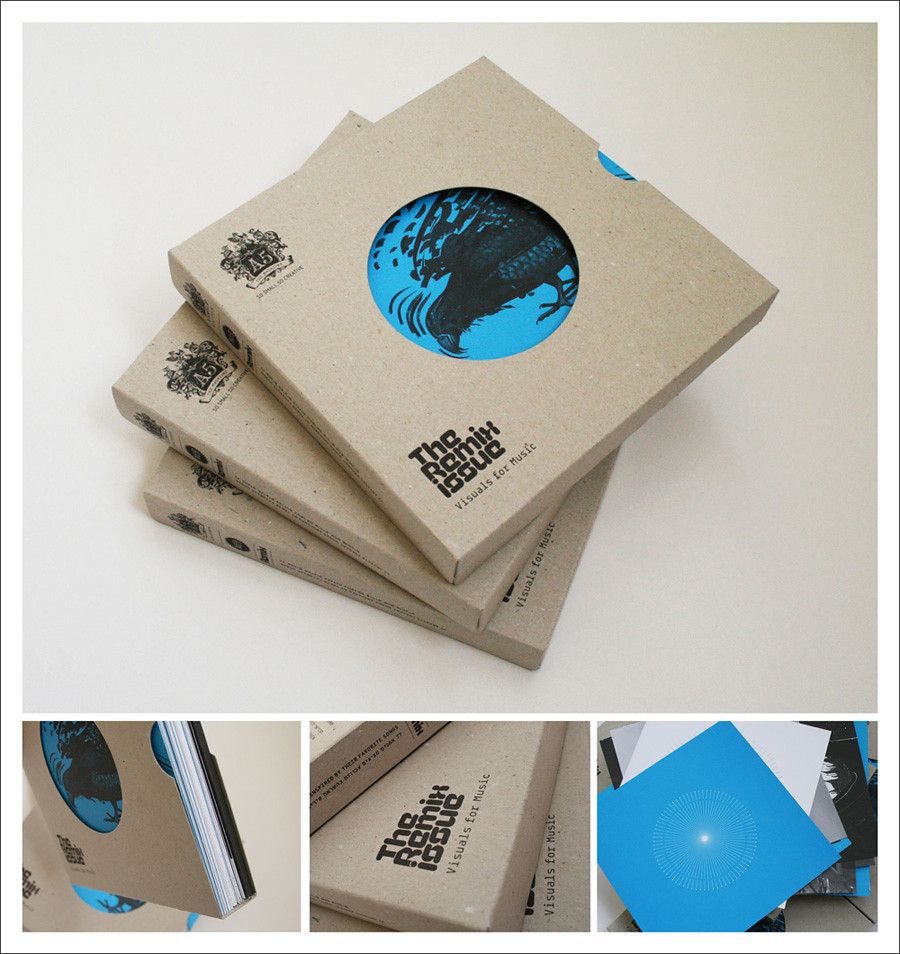
¿Cuánto cuesta imprimir un libro de bolsillo de 200 páginas?
Como fábrica dedicada a la impresión de libros, entendemos que el viaje de la autoedición puede ser emocionante y abrumador a la vez.
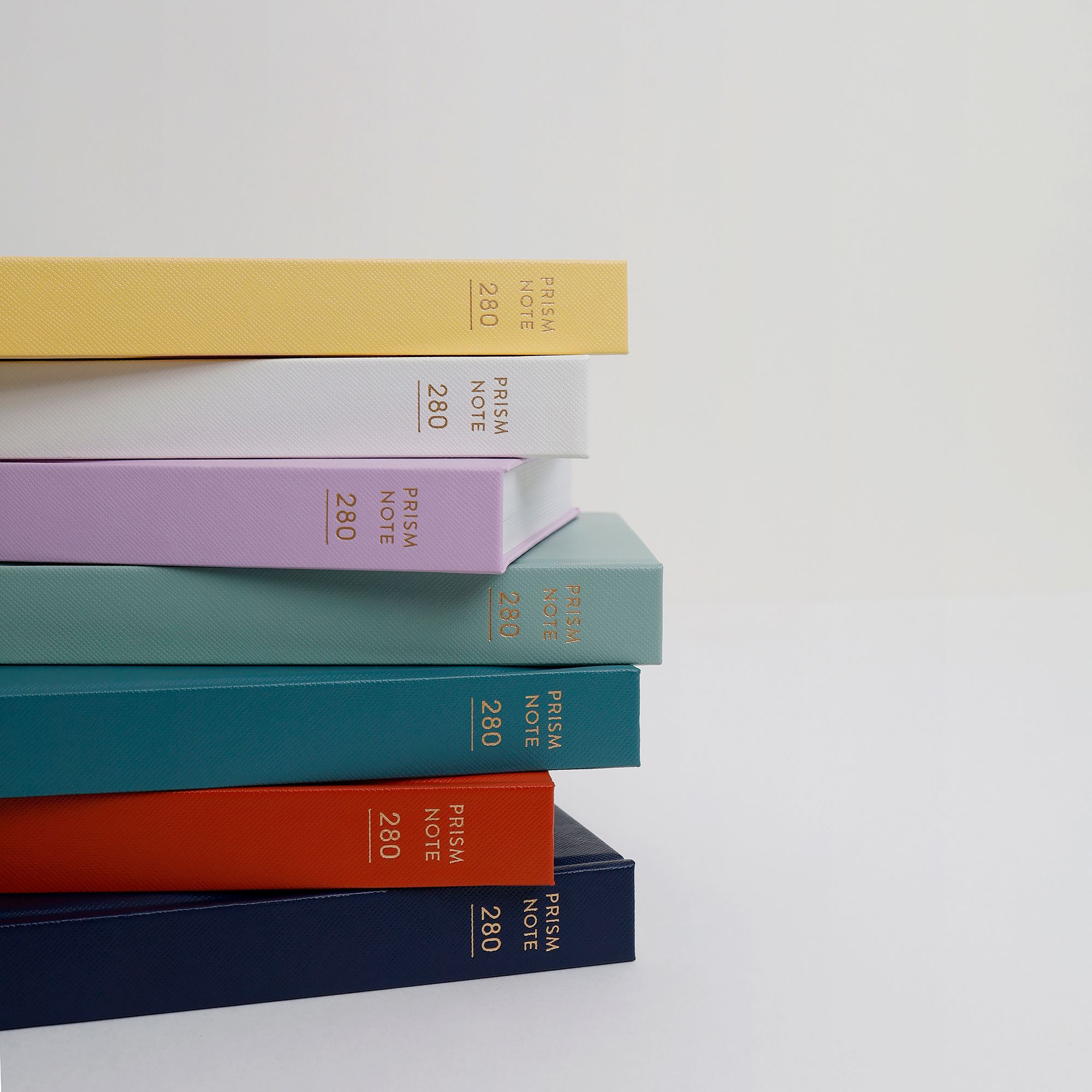
Los beneficios de los servicios profesionales de impresión de libros
Si se está adentrando en la autoedición, una de sus principales preocupaciones será encontrar opciones económicas para la impresión de libros.

¿Qué papel es mejor para imprimir libros infantiles?
Al crear un libro infantil, cada elemento es importante, especialmente la elección del papel. Seleccionar el tipo de papel adecuado puede mejorar el aspecto del libro.
Contáctenos
- +86 13946584521
- info@booksprinting.net
- 8:00 - 22:00 (lunes a domingo)
Comentarios
Blog relacionado
Encuentre las últimas tendencias y conocimientos comunes en el negocio de la impresión de libros.

Guía completa para la encuadernación personalizada de libros de tapa dura
La encuadernación de tapa dura sigue siendo una de las mejores opciones para autores, editores y amantes de los libros debido a su durabilidad incomparable y su estética elegante. Si bien los libros de bolsillo ofrecen comodidad y portabilidad,

¿Cuánto cuesta imprimir un libro de tapa dura?
Al considerar el costo de imprimir un libro de tapa dura, muchos autores y editores se enfrentan al desafío de equilibrar la calidad con la asequibilidad.

Mejore su marketing con la impresión de folletos personalizados
Si se está adentrando en la autoedición, una de sus principales preocupaciones será encontrar opciones económicas para la impresión de libros.

¿Por qué la mayoría de los libros se imprimen en China?
En la economía globalizada actual, la impresión de libros ha encontrado cada vez más una solución rentable y de calidad en China.

